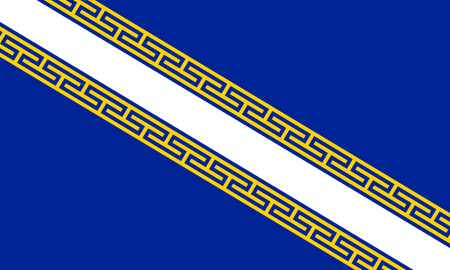Champagne (province)

Champagne (French pronunciation: [ʃɑ̃paɲ] ) was a province in the northeast of the Kingdom of France, now best known as the Champagne wine region for the sparkling white wine that bears its name in modern-day France. The County of Champagne, descended from the early medieval kingdom of Austrasia, passed to the French crown in 1314. Formerly ruled by the counts of Champagne, its western edge is about 160 km (100 miles) east of Paris. The cities of Troyes, Reims, and Épernay are the commercial centers of the area. In 1956, most of Champagne became part of the French administrative region of Champagne-Ardenne, which comprised four departments: Ardennes, Aube, Haute-Marne, and Marne. From 1 January 2016, Champagne-Ardenne merged with the adjoining regions of Alsace and Lorraine to form the new region of Grand Est.
Excerpt from the Wikipedia article Champagne (province) (License: CC BY-SA 3.0, Authors, Images).Champagne (province)
Épernay
Geographical coordinates (GPS) Address Nearby Places Show on map
Geographical coordinates (GPS)
| Latitude | Longitude |
|---|---|
| N 49 ° | E 4 ° |
Address
51530 Épernay
Grand Est, France
Open on Google Maps









